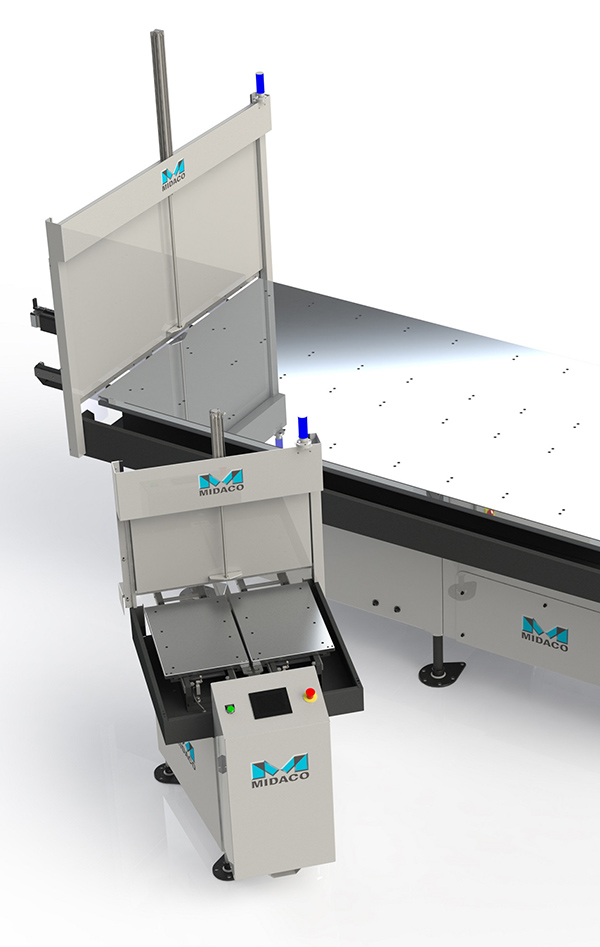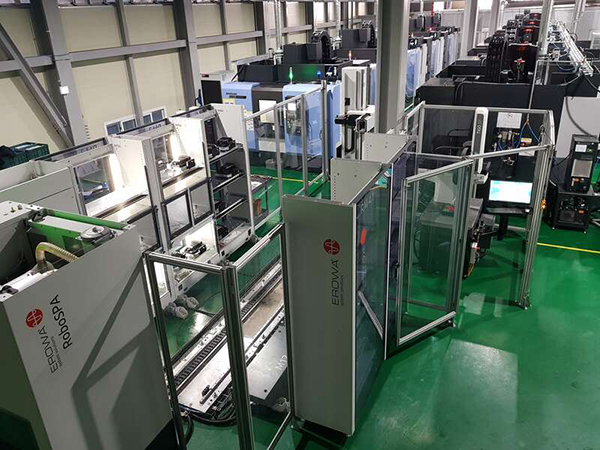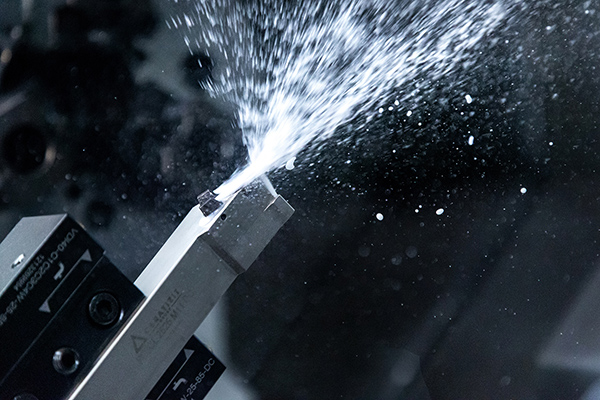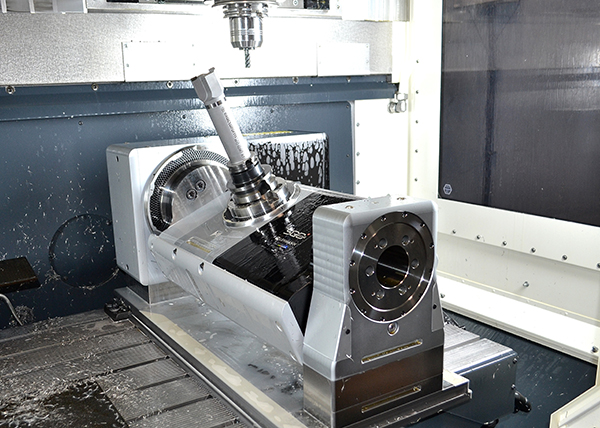
Hyfore Workholding says that automating a machining centre has never been so easy with the arrival of the latest Midaco automatic pallet changing system. It is possible to integrate this affordable technology into virtually any machining centre to improve uptime and spindle utilisation rates, while reducing costs.
With decades of expertise in fast-change pallet systems, US-based Midaco has now developed its latest range of adaptable automated pallet systems that are available in the UK from automation, work-holding and integration expert, Hyfore Workholding. The Midaco automatic pallet changing system can be retrofitted to any new or existing machining centre, so operators can load, unload, inspect parts and set-up jobs while an alternate pallet is running in the machine.
The Midaco automatic pallet loader incorporates: a PLC that is fully integrated with the machine tool; a Mitsubishi control interface; a servo-drive system; a receiver unit that mounts directly on to the machine tool table with hardened and ground location pins; and a pallet system with precision ground rails to ensure long-term precision operation. Customers can also opt for a three-sided enclosure to maximise safety.
According to Hyfore, the benefit of this automation system is that it can integrate with any machine tool with absolute ease. Heavy and large workpieces can easily be loaded outside the machine envelope and the pallets ae easily interchangeable between machine tools or different departments.
The automatic pallet system is available with several variants from the Series 16SD through the Series 120SD. Midaco’s smallest pallet system has dimensions of 559 x 356 mm with the largest pallet measuring 3810 x 990 mm. Pallet load capacity extends from 125 to 3636 kg.
For further information
www.hyfore.com






















